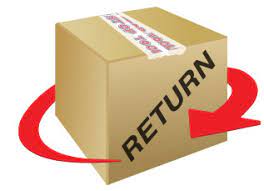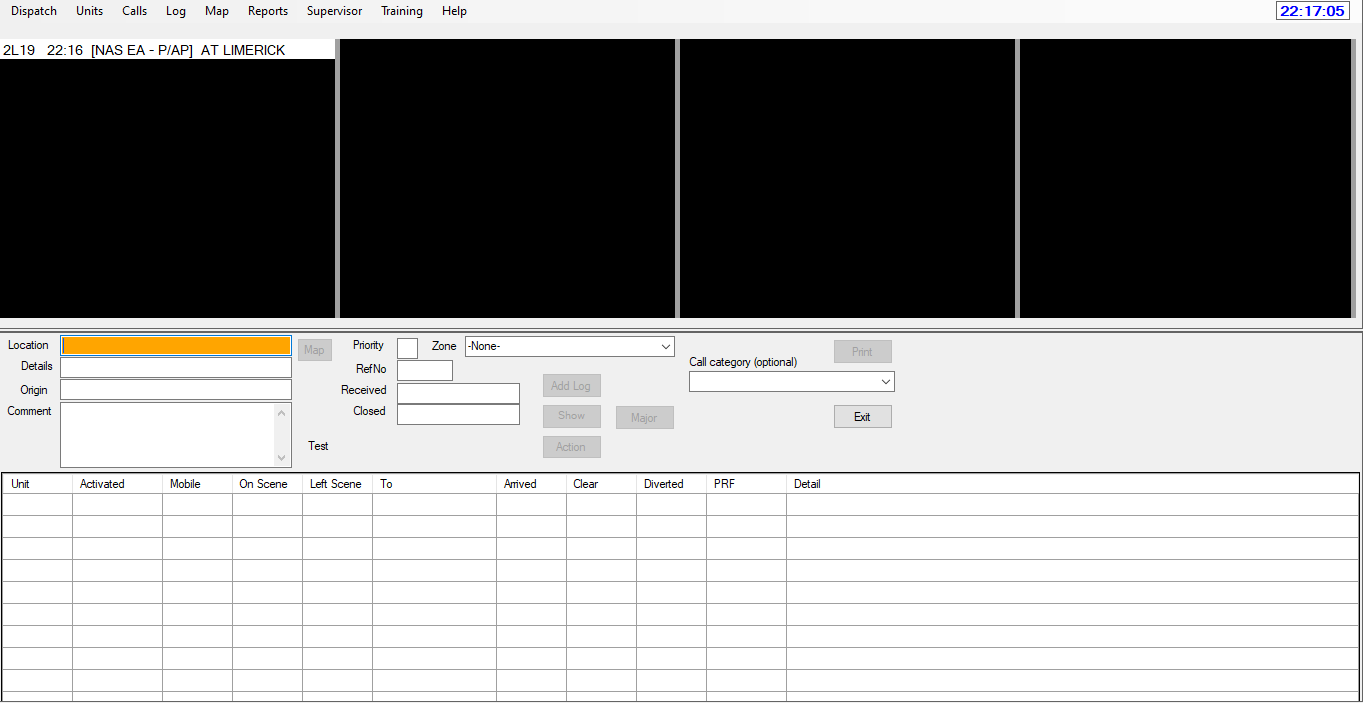
How to return the products
Jul 07 - 2021

Starting
Out in Ecommerce for Dummies
If
you’ve ever made an online purchase, you’re likely familiar with how eCommerce
works from the consumer’s perspective. This article provides an overview of what
it entails starting a business in e-commerce.
An e-commerce site, or electronic commerce store, is essentially a website where
people can purchase products or services over the Internet. In the most basic
words, an eCommerce site is an online office or store.
The
many usual barriers to starting out in conventional commerce have fortunately been made ease – or non-existent in some cases –
with the advent of technology and digital aids. For example, with eCommerce, you
don't have to spend months looking for a suitable place. Nor do you have to
sign a potentially risky long-term lease, that also makes you spend a small
fortune furnishing the room. To run the shop, you won't need to recruit a small
army of employees. Things are simply simpler with e-commerce – a digital store.
All you need is a website, which can be set up relatively quickly and easily
for a fraction of the cost of setting up a conventional store.
Of
course, there are certain items that both an online and offline store would
require—for example, security and a way to process payments—but these are much
easier and less expensive to set up.
Because
fewer people have the financial resources or risk appetite that a physical
store needs; this has resulted in a fiercely competitive online marketplace
where anyone and everyone can try their luck in e-commerce; from small one-man
hobbyists to well-known multinational corporations.
Getting
Started
The
same business concepts that apply to running an offline store apply to running
an online store, although the issues you’re likely to face and applications
will be different.
With
this in mind, the basics of an eCommerce business model and an offline model are
somewhat similar: you'll need goods to sell, a location to sell them, and a
marketing plan to attract buyers. You'll also need a plan for actually shipping
the items you sell with eCommerce outlets, so customers can't just pick them up
off the shelf.
The following are needed to start out in eCommerce:
·
A product or service to sell
·
A place to sell them
·
A means to process payments
·
A marketing strategy to attract customers
Products
to sell
Firstly,
your e-commerce store will need a product(s) for you to sell. These can be made
in-house or sourced from outside sources. When it comes to sourcing your goods
as an online retailer, you are not limited to online suppliers; as any offline, the supplier will suffice. Most eCommerce owners, however, would do business with
other online businesses due to the nature of their business.
In
certain ways, finding products for an eCommerce store would be similar to
finding products for a physical store: finding the best product at the best
price—easy, right?
In
general, the items you sell from an eCommerce store would be similar to those
sold from an offline store—after all, if you sell guitars, a Gibson is a Gibson
whether purchased online or offline, right?
There
is, however, one significant difference.
Running
an eCommerce shop, on the other hand, allows you to sell digital goods as well.
A
digital good is a virtual representation of physical goods—think eBooks
instead of books, and downloadable music and videos instead of CDs and DVDs.
From
the buyer's and seller's perspectives, they have a range of advantages over
physical goods. A digital product is advantageous from the buyer's standpoint
because it can be downloaded immediately. There is no need to wait many days
for delivery. There are no shipping costs for sellers, and you never have to
worry about selling out (a download has no effect on stock levels) or
purchasing too much stock.
There
are also few things to bear in mind:
·
Who are you going to market your product
or service to?
·
Anything special/niche
·
Anything that provides a solution to an
issue
·
The price you charge for your products and
the price you charge for them
You
want to keep the commodity prices low enough to compete with other similar
goods on the market. However, you don't want to underprice yourself to the point that you don't make enough money to stay in business. On the other hand,
you also don't want to overprice yourself to the point that no one buys your
goods.
Location
The
location of your company is the key distinction between an eCommerce site and a
brick-and-mortar store. It is, of course, online to be called an e-commerce
shop. You'll need a website to do this, with your website serving as the most
critical aspect of your online store. After all, the website is where your
customers connect with you and make purchases.
The look and feel of your website have a big effect on how they perceive you and how
likely they are to make the purchase. Simply put, if you want to run an
eCommerce company, you need to get your website right. Fortunately, choosing a
website and running one has been made easy
with Content Management Systems – irrespective of the many factors to consider.
Content
Management System
With
Content Management Systems like Arfa International, Rawado (INSERT LINK TO ARFA AND RAOWADO), etc. you do not need
any programming knowledge to construct your website. CMS provides the
foundation for your website, allowing you to add and update pages on your
website with the click of a button— even up to adding and organizing an entire
product line. CMSs also have special features that enable you to integrate
payment and social media marketing into your website.
Summing
up, regular commerce and e-commerce are quite different in their applications.
However, thing like the product or service to sell, a target market, a place to
sell them, a means to process payments and a marketing strategy to utilize are
common factors for both types of commerce.